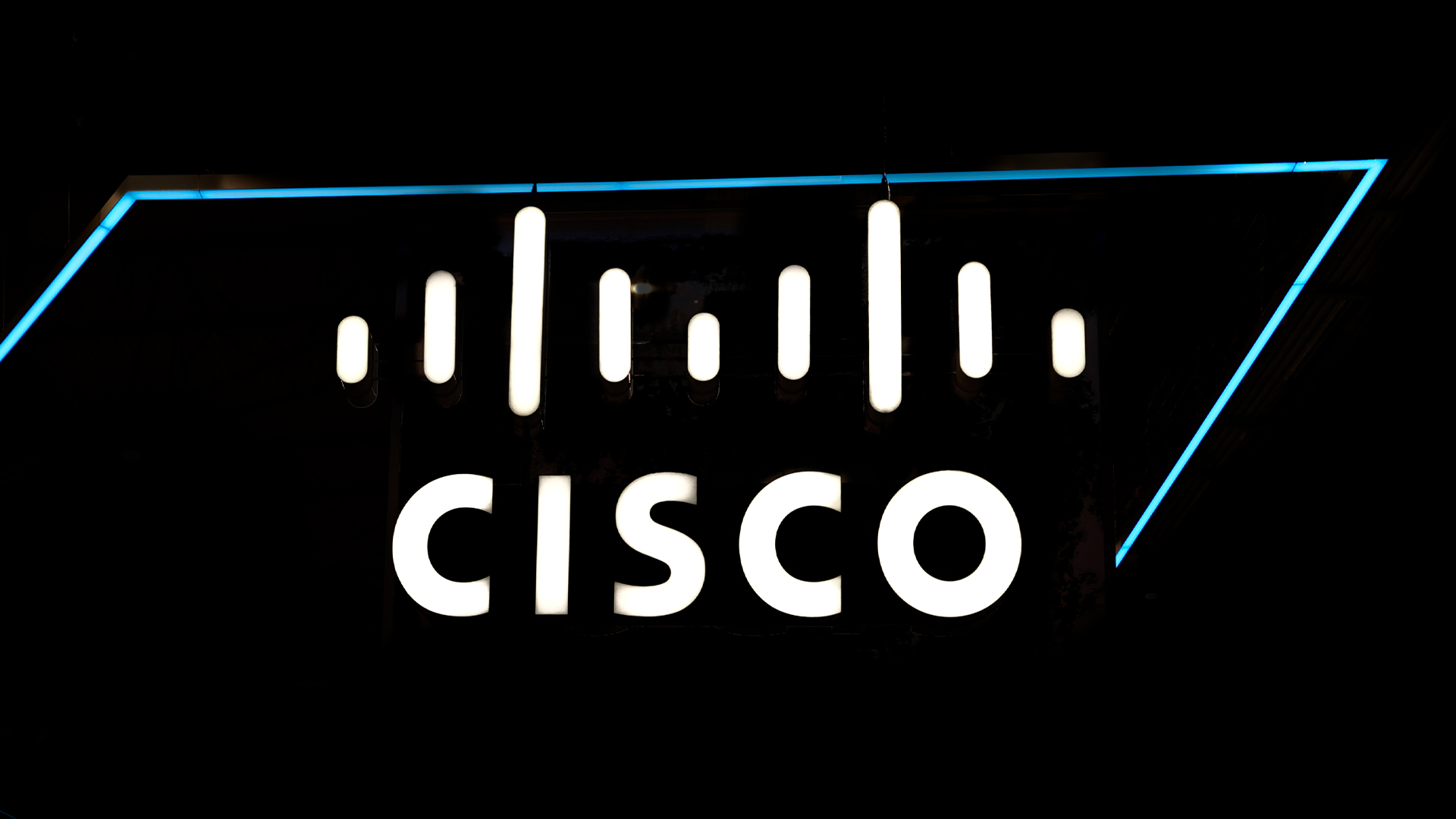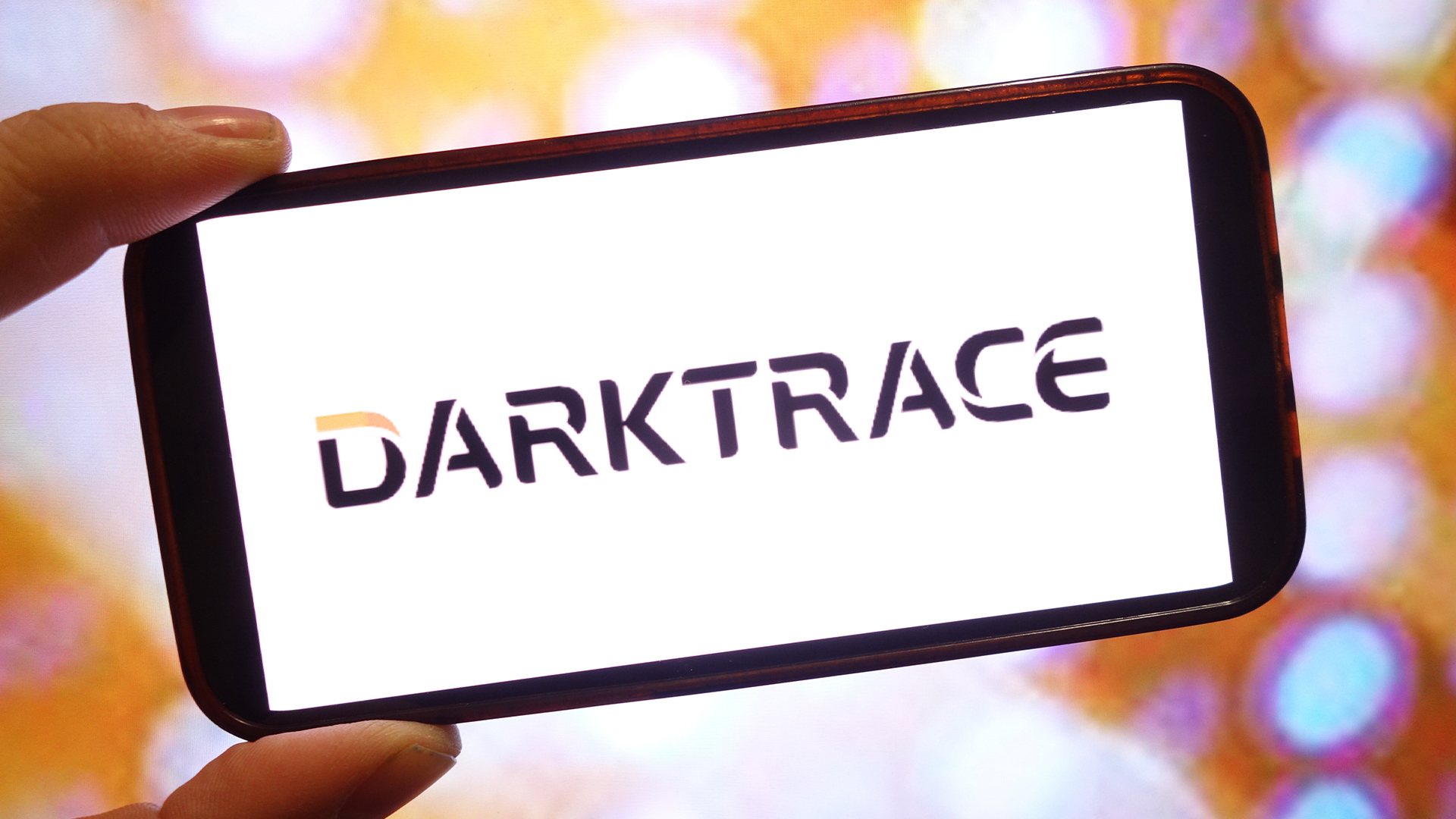Dell EqualLogic PS6510X review
Dell’s new EqualLogic PS6510X delivers full 10-Gigabit speeds, heaps of storage and extreme ease of use. In this exclusive review we find out if this is the IP SAN appliance enterprises have been waiting for.
The PS6510X amalgamates a superb mix of high performance, storage density and ease of deployment in a compact and well built chassis. The latest features make it suited to enterprise virtualised environments and there’s more yet to come as well. The price initially looks high but bear in mind that, unlike some other storage vendors, Dell doesn’t consider many essential features as optional. Consequently, a single upfront price includes snapshots, thin provisioning, storage tiering and replication as standard and not as expensive optional extras.

Each appliance manages its own RAID arrays but storage of all group members is made available as a single entity. You can grow with demand as up to 16 physical appliances can be gathered together in groups and presented as logical storage pools.
Virtual volumes are created within this space and presented as iSCSI targets but the volume data is spread across all appliances and drives in the group. We had no problems deploying the PS6510X in the lab as Dell's Remote Setup Wizard searches for new arrays and provides a quick install routine.
The Group Manager web console sports a new design with the tabbed interface designed to improve ease of access. Groups, volumes, replication and monitoring functions are now separated out to make displays less complex.
Volume creation is entirely wizard driven. You choose a storage pool, decide on a volume size and add access restrictions where you can limit host access by CHAP authentication, IP address or initiator name.
Thin provisioning can be configured during volume creation and you decide how much physical space to start with. The appliance uses three watermarks where the minimum size is 10 per cent of the virtual volume.
When the volume is 95 per cent full the system starts throttling back I/O performance to allow administrators time to increase the volume size. Once you reach the critical watermark the volume is placed offline.
Snapshots are set up during volume creation where you decide how much space to set aside for them and at any time you can promote snapshots as new volumes. A thin provisioned volume will have its snapshots and replicas thinly provisioned and you can also swap on the fly between classic and thin provisioned volumes.
Sign up today and you will receive a free copy of our Future Focus 2025 report - the leading guidance on AI, cybersecurity and other IT challenges as per 700+ senior executives
The new ASM-VE (auto snapshot manager VMware edition) feature adds support for VM replication. It's also designed to maintain consistency when taking snapshots of data stores.
Dave is an IT consultant and freelance journalist specialising in hands-on reviews of computer networking products covering all market sectors from small businesses to enterprises. Founder of Binary Testing Ltd – the UK’s premier independent network testing laboratory - Dave has over 45 years of experience in the IT industry.
Dave has produced many thousands of in-depth business networking product reviews from his lab which have been reproduced globally. Writing for ITPro and its sister title, PC Pro, he covers all areas of business IT infrastructure, including servers, storage, network security, data protection, cloud, infrastructure and services.
-
 Cisco wants to take AI closer to the edge
Cisco wants to take AI closer to the edgeNews The new “integrated computing platform” from Cisco aims to support AI workloads at the edge
By Ross Kelly Published
-
 Software developer salaries are surging in the UK as AI skills gaps drives demand
Software developer salaries are surging in the UK as AI skills gaps drives demandNews Stack Overflow says positive growth in developer salaries shows the community is thriving
By Ross Kelly Published
-
 Darktrace bolsters expansion plans with double C-suite appointment
Darktrace bolsters expansion plans with double C-suite appointmentNews Industry veteran Samun Raju joins the security vendor as CFO, while former KnowBe4 executive Hein Hellemons becomes CRO
By Daniel Todd Published
